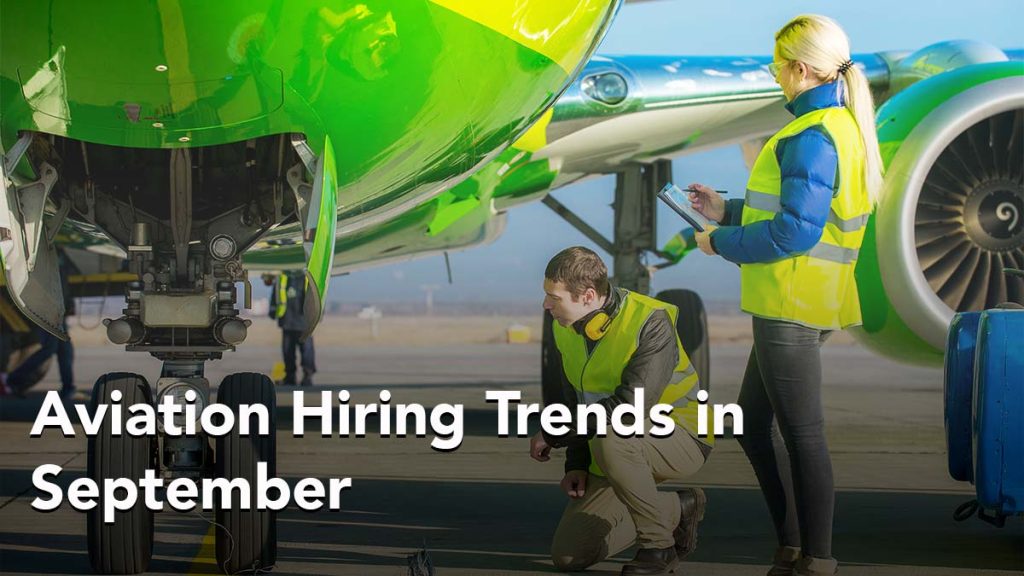
August Adds More Aviation Jobs
The aviation industry is currently booming. While that means good news for the bottom lines, it is putting a lot of pressure on hiring. According to recent reports, 2,200 new U.S. aviation jobs were added in August. And, the overall demand for qualified workers is expected to continue to grow in the coming years.
Aviation is a critical part of the transportation sector. It experienced one of the largest employment gains in August as compared to other sectors. It outpaced trucking, rail, and ground transit — the latter two of which lost jobs. Both anecdotal and statistical evidence shows that people are ready to return to the air. Many business trips, family visits, and vacations were postponed during the pandemic.
But, Not as Many Jobs as in Previous Months
However, according to the latest employment figures, there may be indications that the number of jobs added per month is slowing. In August, the rate of growth in aviation jobs was 0.4%. This is a marked slowdown from the previous two months, when aviation employment rose by 1.1% and 1.3%, respectively. It is not yet clear if this is a temporary anomaly or a sign of a more sustained trend. We will be watching this trend closely in the coming months.
A&Ps and Pilots Continue to be in Demand
The aviation industry continues to face a talent shortage across all professions, from pilots to A&P mechanics to support staff. The time to hire is lengthening, pay expectations are rising, and talent availability is dwindling. This shortage is being driven by several factors, including the industry’s strong growth prospects, the retirement of older pilots and mechanics, and the changing nature of the work. As a result, all aviation businesses will experience talent acquisition pressures. These businesses will need to adapt their recruiting strategies in order to attract and retain the talent they need to stay competitive.
Statistics also show that the competition for jobs in the aviation industry can vary significantly from one location to the next. In some areas, there may be a saturation of aviation workers, while in others, there may be a shortage. Local geographical preferences and neighboring competitions can also play a role in talent supply and demand.
Is the Downturn an Anamoly or a Trend?
There are mixed feelings about the possibility of an upcoming recession or economic constriction. While some economic indicators show that a recession is more likely than not within the next 12 months, not all economists agree. Furthermore, economic downturns can affect industries differently with varying severity. Some analysts now believe that an upcoming recession could be more difficult for Europe than the United States given recent World events and European energy dependence.
The aviation industry continues to expand. Growth was severely restricted during the pandemic causing the industry to play catch-up when demand returned. We have consistently seen that in the month-over-month jobs report. Are August’s reduced numbers talent supply catching up with demand, a short seasonal reduction in hiring, or indications that the industry is preparing for reduced capacity? We are watching the talent market closely to figure out these trends and help our aviation clients make informed hiring decisions.
Follow Fovea Aero or send us an email to stay up-to-date and get a leg-up on your competition.
*Statistics and data gathered from the U.S. Bureau of Labor Statistics.